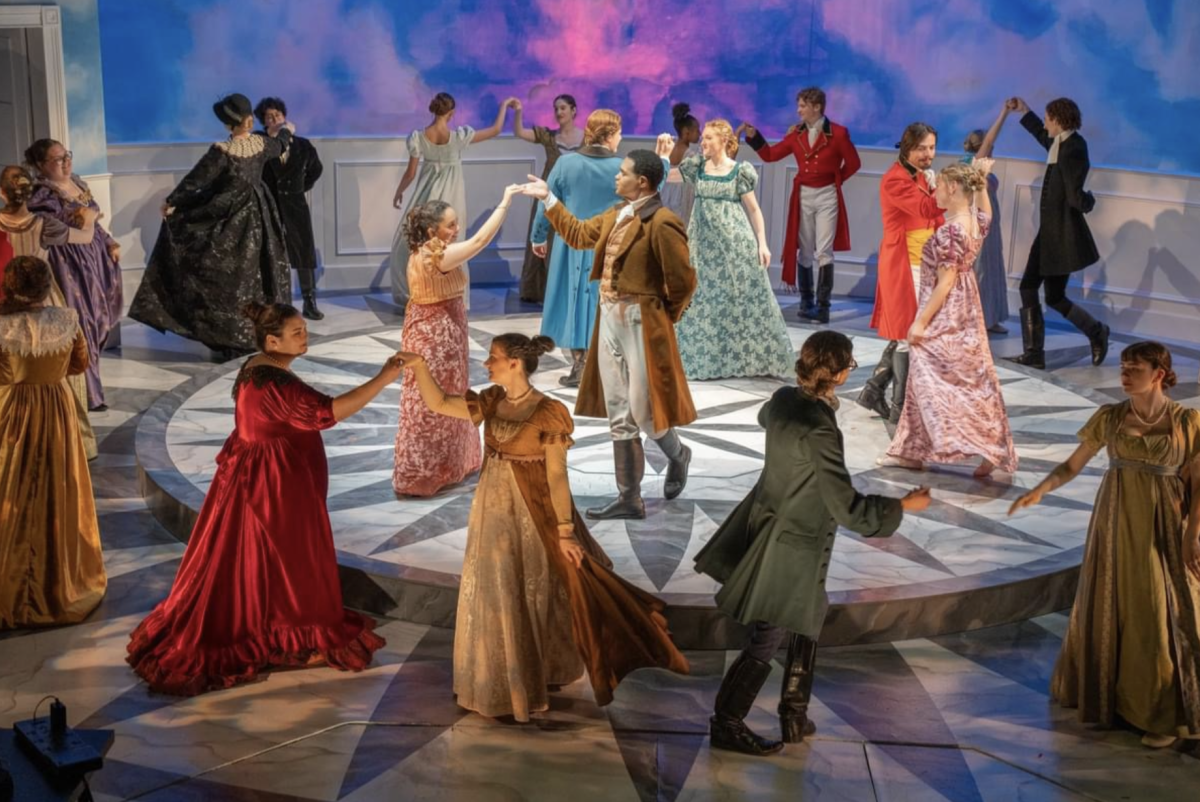In the last 13 years, computer-animated films have exploded in popularity, so much so that there is now an Academy Award category for Animated feature film. And of these films, many can be classified as cute or fun, but only a handful stand out as true classics.
The CGI films that top many lists are 1995’s “Toy Story,” the first feature-length CGI film, “Monsters, Inc.” (2001) and “Finding Nemo” (2003), for both their breakthroughs in animation and their knack for drawing in a wide range of audiences. And all of these classics come from Pixar Animation Studios, the undisputable leader in animated film. The Badger Herald had an interview with the mastermind behind these and other Pixar productions — screenwriter and director Andrew Stanton.
Stanton will be releasing his latest prodigy, “WALL-E” (an acronym for Waste Allocation Load Lifter Earth-class), on June 27, which he wrote and directed.
Stanton explained that the idea for “WALL-E” — a story about a robot alone on earth long after the human population has moved to a spaceship — was in development even before “Finding Nemo,” which Stanton also wrote, directed and voiced the surfer turtle, Crush.
“What if somebody left a robot on after humanity had to leave Earth, and they forgot to turn it off?” Stanton asked, explaining his inspiration for the movie. “We just loved the loneliness of that character and the futility of a character that didn’t know it could just stop doing what it does, and would it ever eventually question its existence and why it’s doing what it’s doing, like a lot of people do in real life.”
Real-life people are also something new for Pixar. The presence of a human actor physically onscreen in “WALL-E” amongst the animated characters is a first for Pixar. Although the studio was initially secretive about how the live actor would be used, it has been revealed that comedian Fred Willard (“I Could Never Be Your Woman”) plays the character Shelby Forthright.
When asked about where the line is drawn between animated and traditional live-action films, Stanton refuted the existence of such a dividing line. “Ever since particularly ‘Lord of the Rings,’ there [are] not many action films and fantasy films and adventure films that don’t have some mix of using computer graphics and using live action,” Stanton said, going on to describe the limitless possibilities modern CGI technology offers. “If you can think of it and you can imagine it, you can make it. … The tools are all there now to just get whatever kind of look you want.”
To date, Pixar films have used the limitless possibilities offered by CGI to appeal to youth and adult audiences alike and has been repeatedly successful doing so. Perhaps the dazzling animation, witty dialogue or complex plotlines justify the films’ widespread appeal, but one thing is clear: Stanton and his Pixar colleagues know how to cater to the masses. What is their secret?
“To be honest, we’re pretty selfish,” Stanton said with a chuckle. “We just make movies that we would want to see ourselves, and I guess you could call it immature or arrested development that we haven’t grown up enough, but these are just the kind of movies we like.”
Clearly something is working, as is evident by Academy Award nominations for every Pixar production to date, including five Oscar wins.
Their most recent film, “Ratatouille,” brought in $620 million, a gross revenue for Pixar that is topped only by 2002’s “The Incredibles,” which made $631 million.
Stanton, a California Institute of the Arts graduate, could not have predicted the studio’s celebrated future when he started working for Pixar in 1990.
“With ‘Toy Story,’ nobody had ever done it before, and it was going to make or break whether we could have the chance to make a studio, and then the same happened with a couple of other films after that. … We’ve always known pressure,” he said.
From “Toy Story” on, Stanton and company have kept themselves under pressure to continually improve their films visually. Stanton spoke verbosely about the breakthroughs Pixar made with “Finding Nemo” and the illusion of being underwater. “It had an extra level of depth to it that I had never experienced in our other computer films, and I kind of got seduced by that,” Stanton explained. “I said, ‘Wow! Could we make it feel like there’s that much depth and sort of tactile-ness and dimensionality in air, on land [in ‘WALL-E’]?'”
Consequently, revealing that “depth” onscreen became Pixar’s goal for “WALL-E,” and judging by the movie’s previews, the animation will be top-notch. Another of Stanton’s aspirations was to write a love story for animation “without coming across as sappy or melodramatic or old-fashioned.”
In the movie, WALL-E has been alone on earth for hundreds of years when he meets EVE (Extraterrestrial Vegetation Evaluator), who is summoned to space to report her findings on earth to humans. WALL-E then begins a chase around the galaxy to find EVE.
Stanton revealed his tender side as he described his inspiration for “WALL-E.”
“I’m a romantic at heart, so even though I like to make these cool action films and comedies and things, I always want there to be a lot of emotion,” he said. “I think there’s something kind of challenging and interesting about making two machines fall in love and seeing if you can get the audience to get caught up in it.”
With Stanton’s flawless r?sum? and the brilliant animators and writers at Pixar, there is little doubt that this summer the world will fall in love with a robot named WALL-E.







